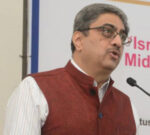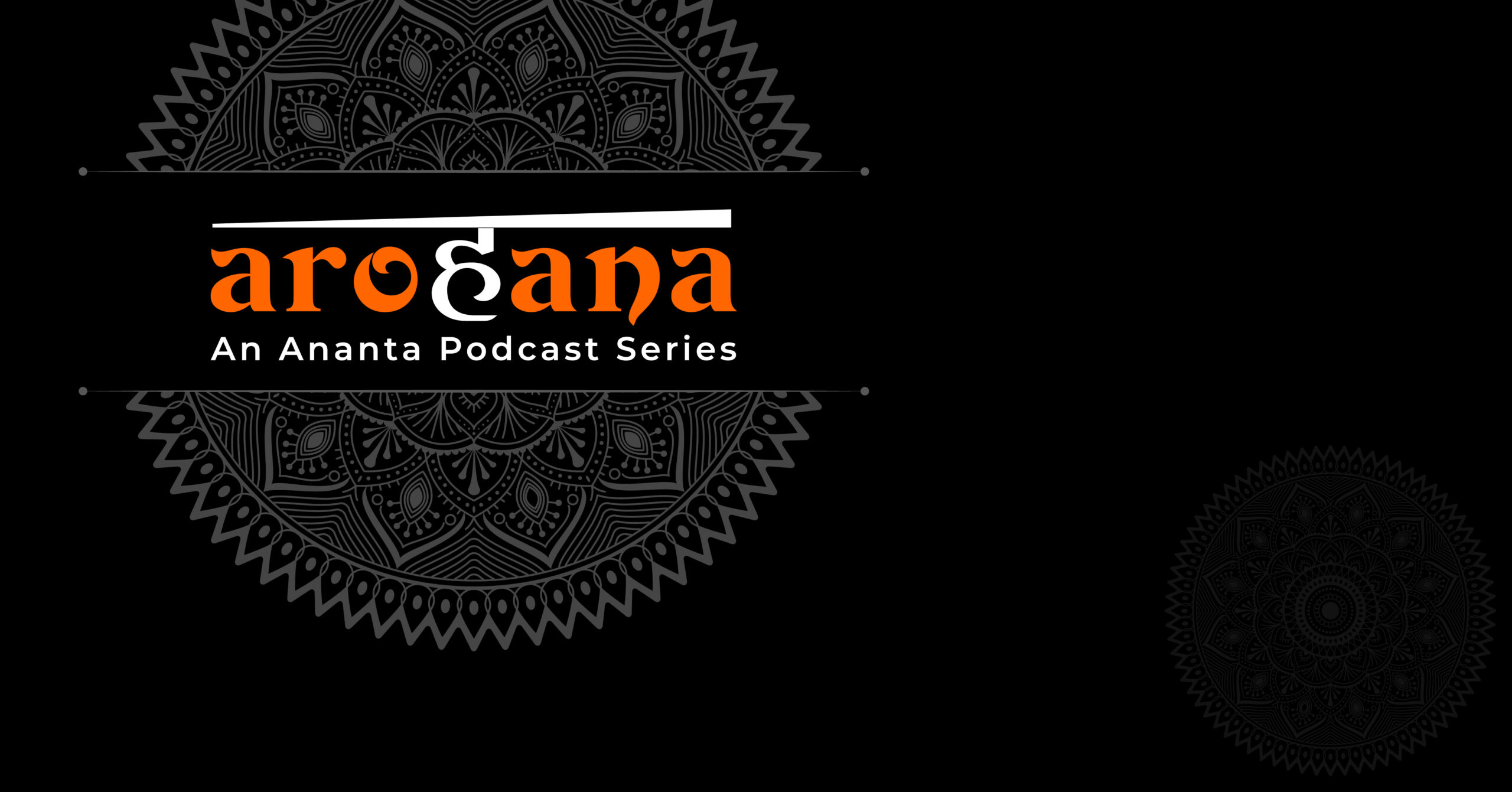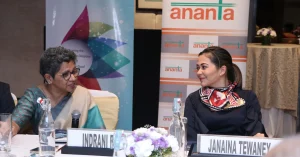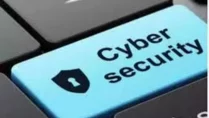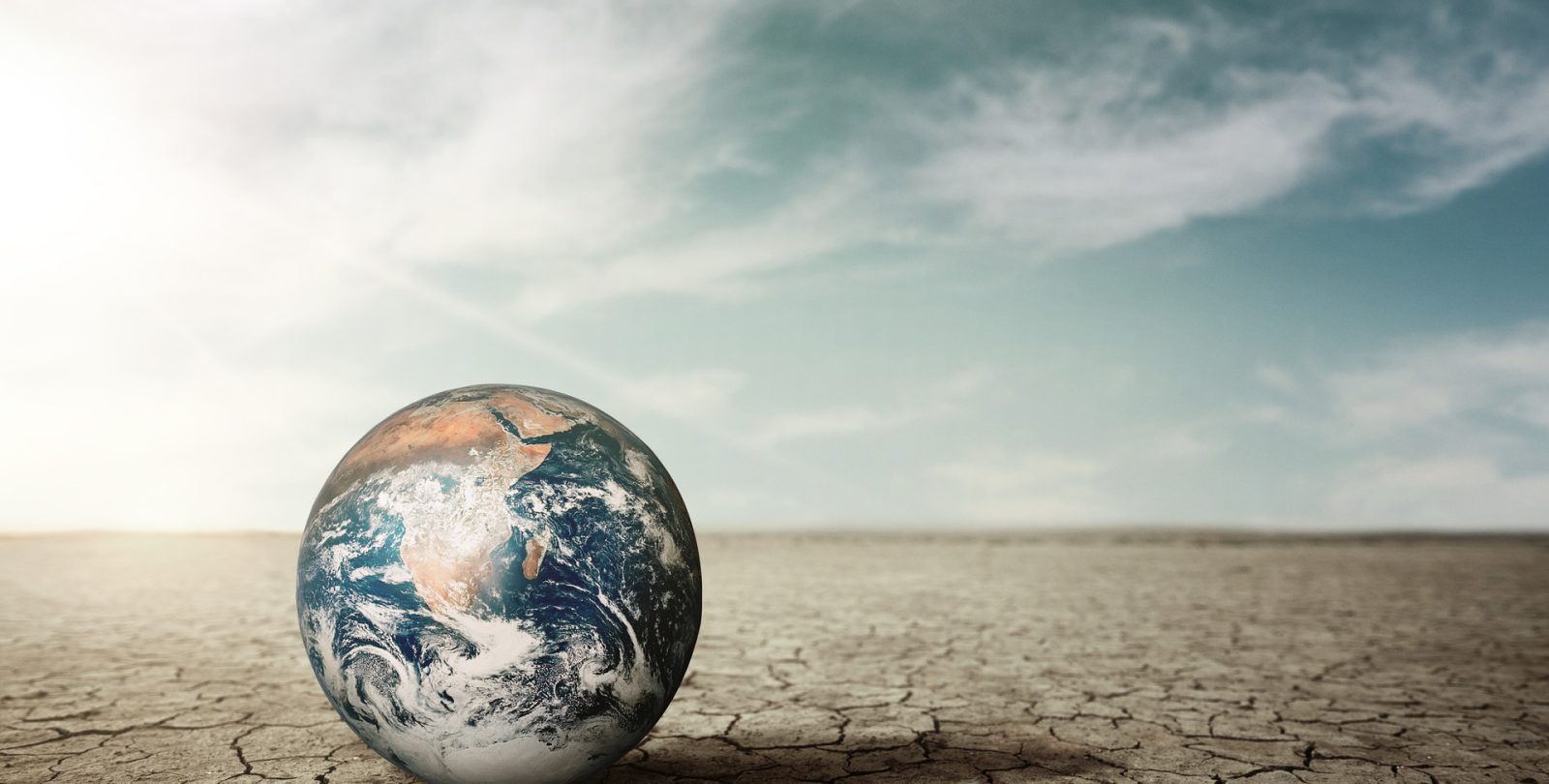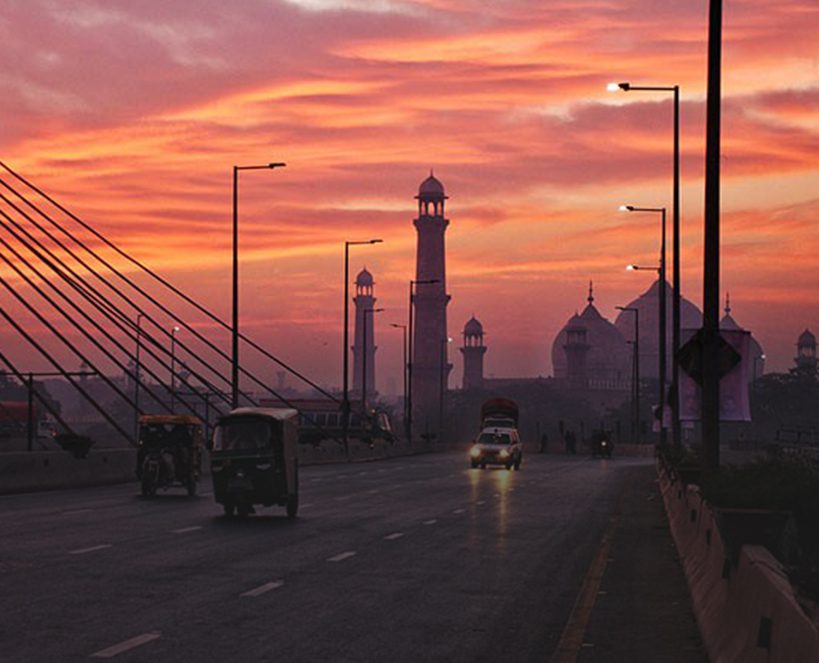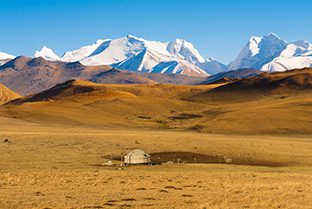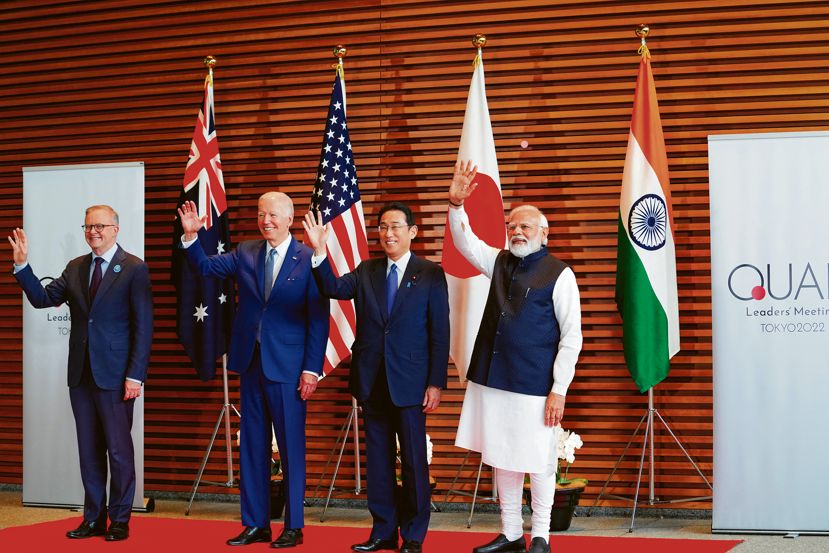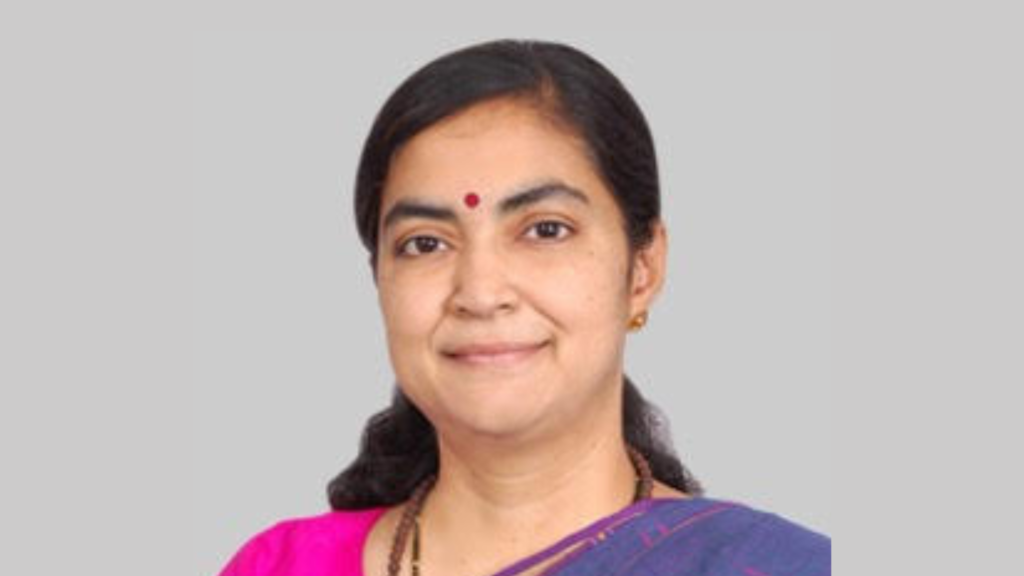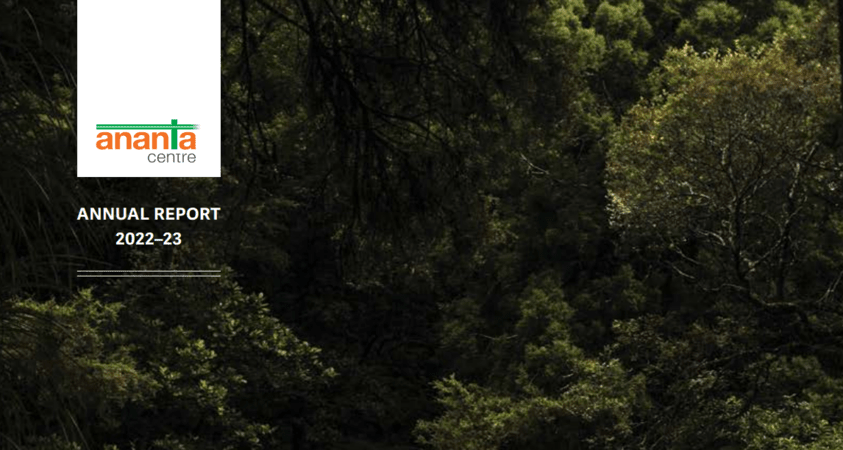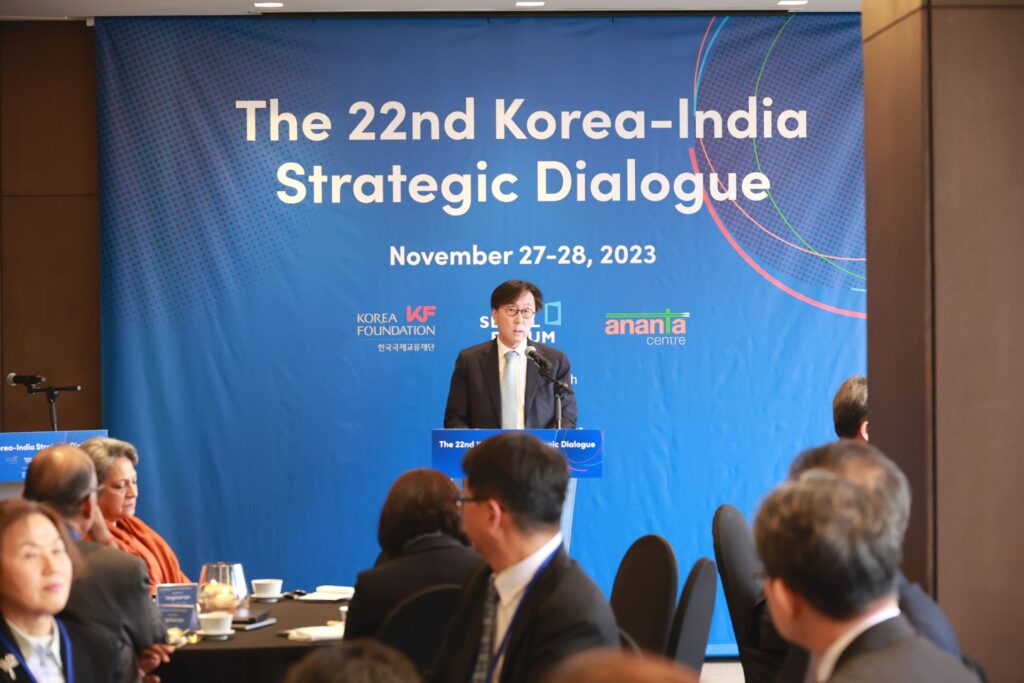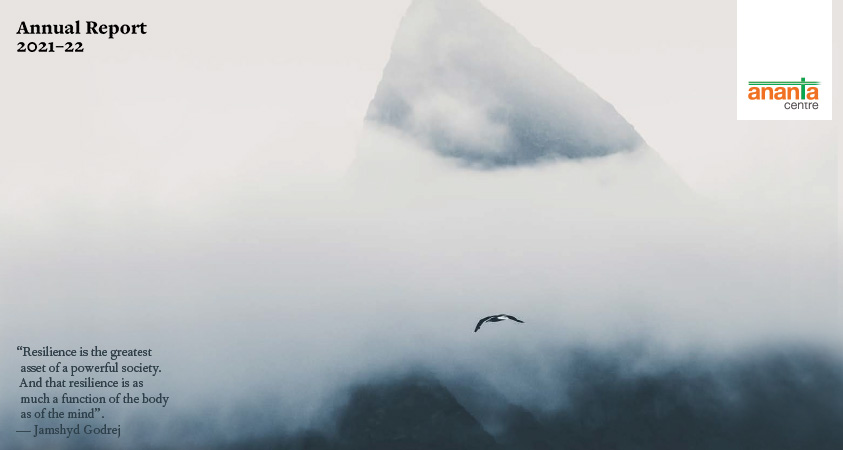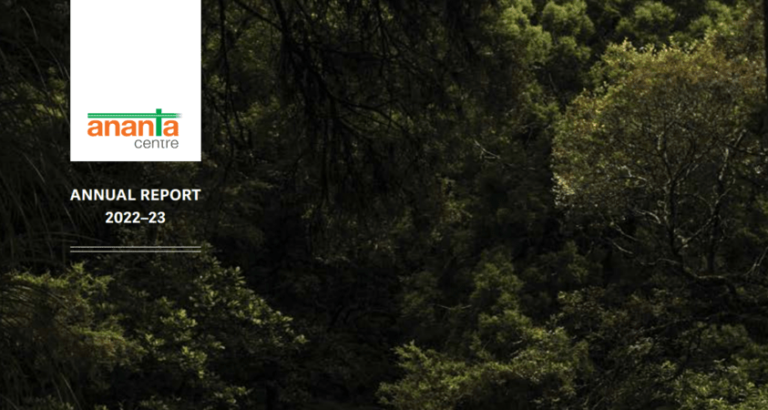SPECIAL ISSUE
• INDIA – CHINA BORDER STANDOFF AND ITS IMPLICATIONS
What is happening in Eastern Ladakh?
In early May 2020, the People’s Liberation Army (PLA) moved several divisions of its troops to the area, under the pretense of conducting exercises there. Since there were large numbers of troops involved along several locations of a stretch of the India – China border, it is now obvious that these moves were planned, pre-meditated and carefully camouflaged.
On the ground, what the PLA attempted to do in several places such as Galwan, Pangong Tso, Hot Springs and Gogra was to move their actual ground positions right upto the points where they believe their Line of Actual Control (LAC) lies. Remember, there is no agreed boundary between India and China. Neither is there an agreed LAC. Some decades ago, the two sides had commenced the process to clarify and confirm the LAC, but it had broken down as far back as 2002. In other words, what China was not able to achieve through talks and negotiations with India, they attempted to attain through sheer military presence. In other words, the Chinese are attempting to unilaterally decide and define the LAC with India in eastern Ladakh.
The Indian Army reacted and at most places stopped the PLA at the LAC. There may be slight ingress in certain areas. That can only be known to the authorities. The Chinese PLA is thereby trying to actually control territory which it claims as its own, without any discussion or negotiation with India. It is attempting to present us with a fait accompli, through military coercion.
The Indian Army has moved matching numbers of troops to the area to mirror the Chinese build up. It has prevented the PLA from moving forward in most areas and achieving their objectives. In the violence at Galwan on the night of 15 June Indian troops, by all accounts, gave an excellent account of themselves through sheer bravery and audacity. Scores of Chinese PLA troops were killed in that encounter.
Now, through talks at both the diplomatic and military levels, a process of disengagement and de-escalation has commenced. It is very likely to be slow and involved and will take time. China is not likely to agree to a complete de-escalation since that would entirely negate what they have attempted to do this summer. For India, there can be no other position except to call for and try to achieve restoration of the status quo ante as it existed in April 2020. These two positions cannot be reconciled quickly.
Architecture to maintain peace and tranquility has been consigned to the dustbin of history
Since the visit to China of India’s then Prime Minister Rajiv Gandhi in December 1988, the two governments had realized that with an undemarcated boundary, it becomes important to ensure that peace is maintained in the India – China border areas. Hence, since then a number of agreements have been concluded and signed by the leaders of both countries which have laid down several principles, tenets, standard operating procedures for this purpose. That no violent clash leading to the loss of life on the India – China border occurred between 1975 and 2020 show that these agreements have largely been successful.
Now, in the summer of 2020, the PLA has for the first time in 45 years caused loss of life and by amassing troops on the border in such large numbers has broken these agreements and consigned them to the dustbin of history. It is now, a brave new world on the India – China border. India must prepare herself to defend its territorial integrity.
What motivated China to undertake this territorial aggression now?
Many possible motivational factors have been advanced by different analysts and experts including –
(a) China was worried with the abrogation of Article 370 and the conversion of the State of J&K into 2 separate Union Territories. Its efforts to activate the United Nations came to nought, therefore it decided on military action.
(b) Indian leadership statements that India would recover the whole of Aksai Chin further infuriated the Chinese.
(c) India’s road building activity in the border areas and the consequent increased frequency of patrolling was a cause of some worry
(d) China’s aggressiveness all around including in the South China Sea, in the Senkaku Islands claimed by Japan, in Hong Kong, in the Taiwan Straits, against Australia is now also manifesting itself on the India – China border.
(e) China was of the view that India had leaned too far towards the United States and needed to be taught a lesson so as to be more in the middle path.
(f) China’s own issues and problems with the United States have manifested themselves in teaching its puppet – India – a lesson.
(g) China found the time opportune as India and the rest of the world are still grappling with the Corona Virus crisis. China did not expect strong reactions from either India or other countries such as the US to its territorial salami-slicing tactics.
Whatever the proximate cause of Chinese military action, it could be some or all of the above listed reasons, the facts on the ground speak for themselves. On its part, China would hope that the lessons it has sent and conveyed to India, are –
(a) China is more than able and willing to use military means to achieve its territorial goals. Having done so, even if partially, it will now sue for peace. The best case scenario will be that the rest of the India – China relationship will not be negatively impacted.
(b) Now that China has achieved at least some of its objectives through military coercion, it will hope to go back to the negotiation table where it will have a position of strength.
(c) Tactically, on the ground, China has been able to move its ground positions forward.
(d) Strategically, it has shown India and the world which country has greater comprehensive national strength as well as military might.
(e) India has been shown its position in the Asian pecking order. Any illusion that India could compare itself to China has been laid to rest. India must accept this quietly.
Why it cannot be business as usual in India – China ties
Through its military action on the ground, India has sent China the following signals or messages –
(a) India will not take things lying down.
(b) We are ready to fight back.
(c) We shall not tolerate Chinese bullying.
(d) We do not accept Chinese hegemony.
Having sent these messages through our military action, India must reinforce or reiterate these messages through policy action. The banning of 59 Chinese apps was one such policy decision which must be enforced very strictly. More must follow soon.
Banning Chinese firms from participating in India’s 5G trials and roll out, will be a very powerful message from India which will hurt China as well as its firms such as Huawei and ZTE.
We could also place higher tariffs on certain Chinese imports to reduce our off take of these items. Active pharmaceutical ingredients or APIs can be one such item, since it is in India’s interest to manufacture more of these at home. Awarding contracts to Chinese firms just because they are L1 in competitive bidding can also be reconsidered.
The Government of India is taking a look at Chinese investments into our country having already decided to make all FDI from that nation follow the Government route rather than the automatic route. Portfolio investment as well as FDI from China needs to be carefully assessed before permitting it to enter our economy. This can be an area of action by India.
Naturally, this is a game both sides can play. We must expect some Chinese come back or retaliation against such measures.
Diplomatically, we must strengthen our partnerships with other democracies such as the United States, Japan, South Korea and Australia. Also, France, Germany and the United Kingdom.
We must expand our ties with Taiwan including on the economic front.
We can also leverage Chinese vulnerabilities in Hong Kong, Tibet and Xinjiang.
If we were not to take such policy decisions, we would send the contradictory and wrong signal to China that we are powerless to react and respond to its military aggression and that, in fact, we acquiesce in it. Hence, India – China relations cannot be business as usual.
Keep economics and politics separate. It will cause more harm and pain to India. Not an option.
There are some in India who are advocating that we must keep economics separate from politics and should not change our economic policies towards China. They also argue that the economic measures which are being advocated of cutting back on trade and investment with China will hurt India more and cause greater pain here.
Such advocacy is naïve because this is exactly what China’s game plan is and what it hopes will happen. If we were to do so, we shall be playing by China’s playbook. As we have argued, if India has to clearly signal to China that we will not tolerate its bullying, then we must take steps which will indicate this to China. A mix of measures in the economic, diplomatic, military and political realms are necessary, called for and essential. Some degree of pain will be felt in India and we shall have to take it on the chin, if we are to signal China that we shall not accept their bullying. There can be no gain for India without some pain. We must understand this reality and be willing to go down this path.
One of the key understandings between India and China is that if peace is maintained on the border then the rest of the relationship can move forward. China has clearly indicated that she will not maintain peace on the border. In that situation it is incumbent on India to ensure that the rest of the relationship changes, it is not business as usual and that China gets this message loud and clear.
For all these reasons, it is incumbent on the Government of India to take policy decisions which will impact relations negatively. This is no longer a matter of choice. It is mandatory for us.
India – China relations set to deteriorate
As argued above, not merely have India – China relations deteriorated over the past 3 months. They are now set to deteriorate further in the coming months. All of the blame can be laid at the doorstep of the Chinese PLA and indeed the Chinese leadership.


